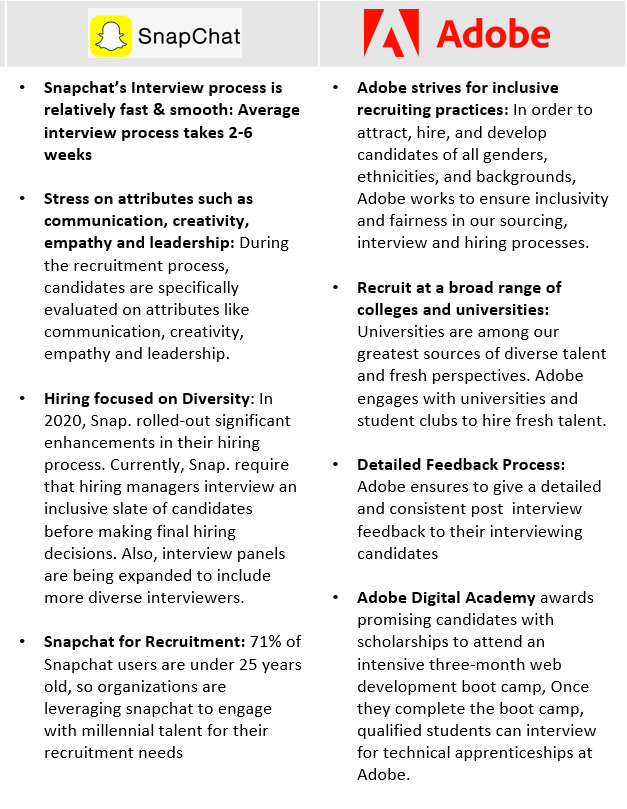Subscribe
Receive the latest strategic talent insights straight from the CEO’s desk
Recruiter Role’s evolution
We received several positive feedback on last week’s research on the Recruiter Role’s evolution. We have continued in similar lines this week and have provided some additional insights. In the 1700s, a Swedish Botanist named Carl Linnaeus developed the Binomial nomenclature of naming plants. Each plant will have two names (one a family name and one particular name). Linnaeus’s way of naming formed the most important and influential way of organizing data. Linnaeus is rightly called the Father of Taxonomy. Today, primarily, what we do is a taxonomy problem. How do we organize the data most efficiently and effectively to retrieve it when you genuinely need it? Often as an individual all of us would have faced this problem. Imagine in a coffee shop when you are passionately discussing a topic; how the author of the book that you so enjoyed will just not come to your mind? It takes years of reading to Retain and Recall at will.
Today’s Recruitment essentially faces a data tagging problem. We are over tagging or under tagging candidates as we evaluate. Overtagging data is as big a problem as undertagging. A straightforward way to rectify this is to have the proper classification codes for resumes studied. You could use a Binomial Nomenclature for Rejected Candidates. For example, Silvercandidate_Datascience (the first tag refers that the person is not selected but runner up, and the second denotes family). AI is supposed to be able to mine beyond data tags but having a structure and reasons for each tag simplifies the job quite a bit
We have covered two more companies that have very strong Hiring Practices when it comes to early career and millennial talent-hiring practices
We have looked at Snapchat and Adobe this week in detail

- An Oxford University study states that the GenZ labor share (people who are born between 1990 and 2010) is expected to triple by 2030
- This research brings the question, how to truly make your recruitment process future-ready
- Intern hiring and converting them to productive full time hires is going to be a crucial part of a future-ready recruitment organization
- I am pretty shocked based on my interactions; many companies have very limited Interns hiring numbers. Many executives are struggling to justify the ROI for Interns
- It is time we stop doing ROI calcs for Intern hiring and treat it as an Infrastructure spend
- This process is exactly what Adobe has excelled. They do not hire interns just for tech. They hire interns for all functions and bring over 1000 interns a year
- This step is a massive step in the right direction because, as a result of this, they have perfected the hiring and integration of GenZ
- Adobe has integrated Intern hiring with Learning and Upskilling. Take as an example of Aishwarya Asesh – patent filing data scientist at Adobe. From starting life at Adobe as an intern to filing for a patent in 2019, it only took 1.5 years (and the candidate is not from an Ivy League school either).
- Snapchat, which is growing significantly, recognizes that stories about them have to come from Employees. They use Snapchat for Recruitment (obviously), but the critical thing to understand is that employees are well integrated in hiring. All employees provide micro-stories on what is excellent in working at Snapchat in a fun way
- Finally, the whole need to relook at the rejected candidates in providing a full recruitment experience
- A future ready Recruitment Organization will treat both selected and rejected candidates with same level of care. Only 23% of the companies we studied are taking time and sharing feedback with rejected candidates. We have a lot of work to do in this area
